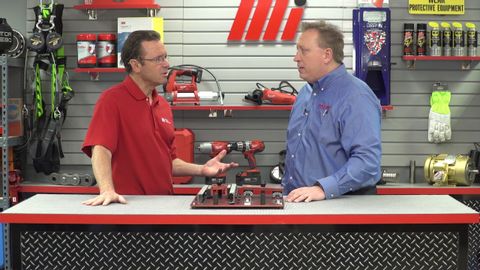MiHow2 - Rollon Corporation - 如何使用 Rollon 緊湊型導軌糾正偏差 (MiHow2 - Rollon Corporation - How To Correct Misalignment With Rollon Compact Rail)
Amy Lin 發佈於 2024 年 07 月 30 日  沒有此條件下的單字
沒有此條件下的單字US /ɪnˈkrɛdəbəl/
・
UK /ɪnˈkredəbl/
- adj.難以置信;偉大的;令人難以置信的;難以置信的
US /ˈæspɛkt/
・
UK /'æspekt/
- n. (c./u.)方面;觀點;(某物的)要素;特徵
US /ˈprɑːpərli/
・
UK /ˈprɔpəlɪ/
US /ˈdɛmənˌstret/
・
UK /'demənstreɪt/
- v.t./i.顯示;表露;遊行;演示;證實; 展示
